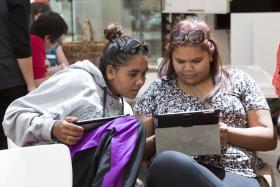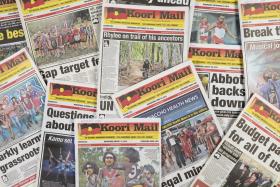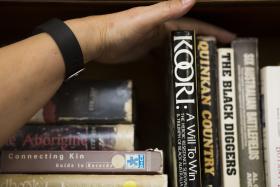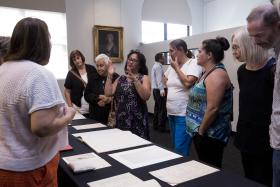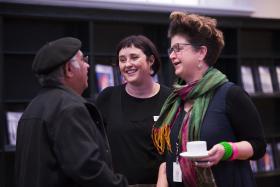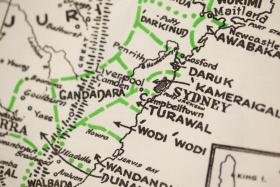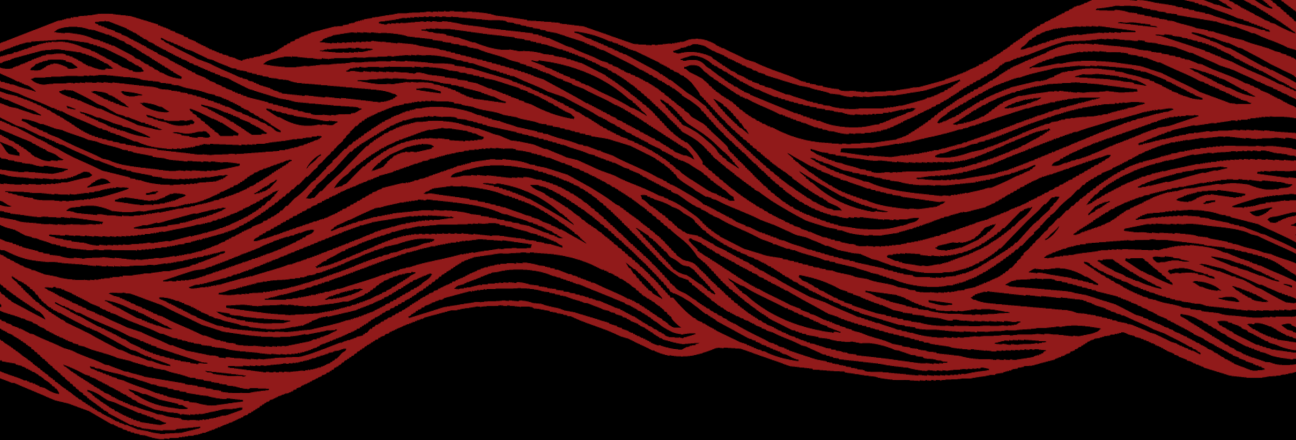
Welcome Indigenous peoples into your library
Indigenous Spaces In Library Places Public Library Toolkit
Create welcoming and trusted environments for Indigenous peoples in library places
Targets
- Increase the number of visible library spaces acknowledging and connecting with local Indigenous culture and history.
- Gain positive feedback from the local Indigenous population.
Key strategies
- Encourage public libraries to create a visible Indigenous presence in the library spaces- for examplethrough welcome or acknowledgement signs of the local Indigenous community.
- Encourage public libraries to promote event programs and collections related to Australian Indigenous history and culture.
- Encourage public libraries to acknowledge and share successful stories and feedback from the Indigenous local population accessing the library.
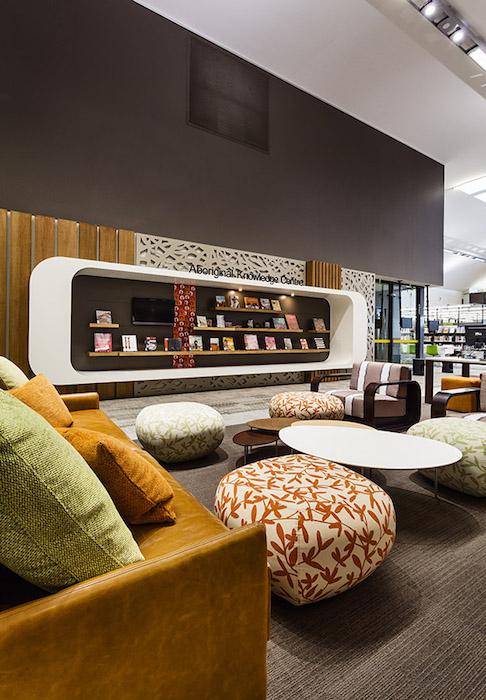
Resources for public libraries
Getting started
The population of New South Wales includes Aboriginal peoples and Torres Strait Islanders, as well as peoples who are Indigenous to surrounding areas such as Aotearoa/New Zealand, Fiji, Samoa, Tonga, Papua New Guinea. When speaking or writing about collections and services relating to Australian Indigenous peoples, we recommend you use the term 'Indigenous'. When referring to those from New South Wales, use 'Aboriginal'. When referring to specific peoples and communities, use their accepted name such as Wiradjuri, Kamilaroi or Worimi.
Preferred terms
- Aboriginal and Torres Strait Islander peoples
- Aboriginal and Torres Strait Islander communities
- Indigenous Australians (to use for collections and services)
Tip
Preference on terminology to be used can change according to the community and/or individuals. For example, some communities may prefer terms such as 'First Nations' or 'Indigenous Australians'. Starting a conversation with your local community is the best way to understand which terminology is preferred in your local area. Aboriginal Land Councils are also a great connection to get advice on preferred terminology.
Getting started
The first step you can take towards assisting Aboriginal people and communities to feel comfortable in your library space, is to create a welcoming environment that is inclusive, accessible and culturally safe. To do this add a welcome sign that fosters this type of enviroment by sending a positive and respectful message of inclusivity.
You can create a welcoming space in your library by using some of the following ideas for signage:
- An acknowledgement of the traditional custodians of the land on which your library is situated
- A digital screen/sign with the Aboriginal flag
- Posters showing words or messages in the local Aboriginal language/s
- A welcoming sign
Downloadable resources
Tip
Find out who are the Traditional Custodians of your area by contacting your local Council, your Local Aboriginal Land Council or your Local Aboriginal Education Consultative Group. Indigenous Services at the Library can provide advice on the wording of your acknowledgement.
Working together
- Consult with your local Aboriginal Land Council to ensure spelling of the language groups within your area is correct. Find your local Aboriginal Land Council .
- Developing signage which includes words or messages in the local Aboriginal language/s could be a great opportunity to involve your community in the creation of a welcoming space from the outset.
Tip
It is important to consult your local Aboriginal community about the appropriate words or messages to use on any signage in your library.
Getting started
The 'Acknowledgement of Country' is used at gatherings and events by both Indigenous and non-Indigenous people. It is an opportunity to show respect to the traditional custodians of the land, and by doing so you are acknowledging the important connection of the traditional custodians to country. Reconciliation Australia outlines the significance of an Acknowledgement of Country as such:
"Aboriginal and Torres Strait Islander peoples have experienced a long history of exclusion from Australian history books, the Australian flag, the Australian anthem and for many years, Australian democracy. This history of dispossession and colonisation lies at the heart of the disparity between Aboriginal and Torres Strait Islander and non-Indigenous Australians today. Including recognition of Aboriginal and Torres Strait Islander people in events, meetings and national symbols is one part of ending the exclusion that has been so damaging. Incorporating welcoming and acknowledgement protocols into official meetings and events recognises Aboriginal and Torres Strait Islander peoples as the First Australians and Traditional Custodians of land. It promotes an ongoing connection to place of Aboriginal and Torres Strait Islander Australians and shows respect for Traditional Owners".
There are many variations of an 'Acknowledgement of Country'. Some examples you might like to consider using are:
- I would like to acknowledge the Traditional Custodians of the land on which we meet, and pay my respects to Elders past and present.
- I would like to acknowledge the (people), the Traditional Custodians of the land on which this library was built. I would also like to pay my respects to Elders past and present, and to extend that respect to all Aboriginal and Torres Strait Islander people who are present.
Tip
An Acknowledgement of Country is given at the beginning of the event, before other proceedings.
Working together
Inviting an Elder to give a 'Welcome to Country' at a gathering or event can be a great way to begin establishing a positive relationship with the local community. A 'Welcome to Country' is an important protocol in which an Elder welcomes those present at an event to their country, and the country of their ancestors. The 'Welcome to Country' may include singing, speech in Aboriginal languages, dancing or a smoking ceremony.
Tip
Contact your local Aboriginal Land Council to organise a Welcome to Country. Find what country you are on by using the AIATSIS language map.
Getting started
Some ideas to help you create a welcoming space include:
- Create an area where people can gather together
- Display posters, artworks, maps, events calendar inside the library building
- Display Indigenous magazines and newspapers in a visible area
- Show a small Aboriginal and Torres Strait Islander flag in your reading room as a sign of acknowledgment and respect
- Display an acknowledgment sign on your door in the local Indigenous language
- Display flyers and postcards created by Indigenous artists of your area
- If possible, dedicate an informal space where Indigenous people can gather and get a cup of tea
- Provide online access to Indigenous magazines and journals
- Display any item from your collection which can be of interest of your Indigenous community
- Think of your space outdoor to make it accessible and welcoming (for example, through a community garden or offering a space where community could gather).
Tip
To make people feel welcome, it is important to ensure that the space has a positive and vibrant representation of Indigenous culture people can engage with.
Working together
A good idea is to attract communities to your library through giving them space to:
- Create artworks and mural
- Encourage local Indigenous groups to use your meeting spaces
- Host events organised by local Indigenous organisations
- Invite the community to movies screens
- Offer a space for Indigenous families
Tip
Engage with your local art galleries and other cultural organisations to ensure the artwork your library displays are created by local Indigenous artists.
Getting started
While building your local studies collection, it is vital to acknowledge the cultural protocols of Aboriginal and Torres Strait Islander communities and your local Indigenous community. Issuing sensitivity notices acknowledges that some collections may contain historically biased content, or material that is sensitive or offensive in today's context. You may have items in your collection that are valuable in terms of their connection with the local Aboriginal community, however they may be outdated in terms of attitudes or language.
For example, they may include deragotary and offensive language such as 'part-Aboriginal', 'full-blood', 'half-castes', or 'blacks', 'gins' or 'darkies'. We suggest you remove these collections from open collections and manage them through a request. This way you can provide a sensitive notice when access to the collection is made. Our Special Care Notice template suggests different ways of wording a sensitivity notice.
Downloadable resources
Special Care Notice PDF
Tip
You might issue a sensitivity notice next to your local studies collection or on parts of your website. Examples of this can be seen on the Indigenous Collections page and on the Rediscovering Indigenous Project website.
Working together
Members of your community may inform you of sensitive material that appears in your collections that should have a sensitivity notice. Always aim to action such requests in a timely manner to ensure important cultural protocols are acknowledged.
If you believe your library's collections may contain sensitive or offensive material, consult your local Aboriginal community for guidance on best practice in this situation.
Getting started
Find out whether your Council will allow you to fly the Aboriginal flag at your library.
NAIDOC.org.au and Reconciliation Australia each give a general overview and background on the history, symbolism and significance of the Aboriginal and Torres Strait Islander flags and also provide information on protocols for displaying the flag.
Tip
Having even a small flag inside the library building is a sign of respect and acknowledgment of Indigenous cultures and histories.
Working together
As a gesture of respect and inclusion, consult your local Aboriginal Land Council and community if displaying the Aboriginal flag at your library for the first time.
Case Studies
This case study was kindly provided by Vicky Edmunds, Manager, Libraries and Customer Services - Blue Mountains City Council.
The new Katoomba Library opened in November 2012 and deliberately showcases the Aboriginal Knowledge Collection as part of the entrance. The Census shows there is a very small multi-cultural community in the Blue Mountains, but there is a percentage of Aboriginal and Torres Strait Islander community that needs to be catered for.
With that in mind, in order to profile the collection and make the Aboriginal and Torres Strait Islander community comfortable in entering and using the Library, it was decided early in the planning for the new Katoomba Library, to profile the Aboriginal Collection, easily identified on the shelves with the Aboriginal flag on the spine.
The Aboriginal Knowledge Collection is on shelves at the entrance to the Library and next to the front lounges where people are encouraged to meet at the Library. This area also hosts the newspapers and magazines. It is a highly trafficked area, where people will often meet, move to other destinations or wait for lifts.
By placing the display shelves that highlight the Aboriginal Collection in the front of the Library, this ensures public awareness of the collection and invites the Aboriginal community to enter, browse, use and feel comfortable in the Library surrounds.
This case study was kindly provided by Kasia Morrison, Communications Officer, Halifax Public Libraries (Canada).
The greatest strength of Halifax Central Library can be found in its origin story. The leaders of the library had a blank slate when they consulted with key groups living in and contributing to Halifax. This spirit of genuine collaboration resulted in a series of key focus group discussion, one of which was with Indigenous Peoples of Halifax.
In June of 2010, four years before Halifax Central Library opened, 11 members of the Mi’kmaq First Nation sat with the library’s design team of architects and staff to discuss the library of the future. The discussion evolved into five pillars of design: culture; sustainability; community centre; friendly, comfortable, and welcoming; and learning centre.
And the library listened.
References to nature were incorporated into our many glass windows with letters forming into leaf patterns and fritted onto panes. The spiritual symbol of the eight-pointed star, important in Mi’kmaq culture, was laid into the floor at the heart of a gathering space, where comfortable seating encircled it and became known as the First Nations Circle. How to “look after the earth” became a message for all to hear as the library exhibited its use of sustainable features, such as rain water collection. A display area for temporary installations was positioned alongside the First Nations Circle to highlight significant people, moments in time, and contemporary conversations.
And all people were welcomed.
The use of the library has exceeded all expectations. The First Nations Circle in particular has been a popular spot for reflection and activity. The curved seating area has been the chosen spot for private reflections, Indigenous-content programming, English Language Learners meetings, film shoots, pairs of people in conversation, and live audience radio events by our national broadcaster CBC.
The design of Halifax Central Library was fundamentally improved with the contributions of the elders and leaders in our community.
Choose your strategy objective
Other resources for your library
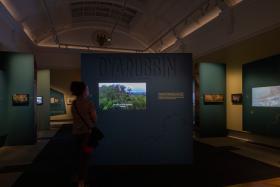
Indigenous Spaces in Libraries
Building culturally safe and welcoming spaces in libraries for First Nations peoples and communities.
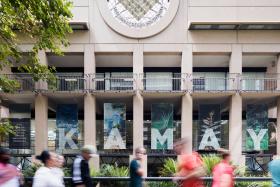
Guiding Principles and Indigenous Frameworks
Guidelines the Library follows for engaging with Aboriginal and Torres Strait Islander people and managing the collections

